
?
Whether you are an avid seamstress or just beginning to explore the world of sewing, you may have come across the term “sew inside out” and wondered why it is sometimes recommended. Sewing inside out refers to sewing the seams of a garment or project with the fabric turned inward, hiding the stitches within the fabric. While this technique may seem counterintuitive at first, it offers several benefits that can result in a more professional and polished end product.
The Hidden Seam Approach
One of the primary reasons to consider sewing inside out is that it allows you to hide the seams, ensuring that the finished piece looks clean and neat. When sewing outside in, the thread is exposed on the outside of the garment, and any imperfections or inconsistencies in stitching can be easily visible. Sewing inside out, on the other hand, conceals the stitches, providing a seamless and refined appearance.
This technique is particularly useful when working with fabrics that fray easily or have an unfinished edge. By sewing inside out, you can prevent the edges from unraveling and ensure longevity in your creation.
Simplified Stitching Process
Sewing inside out also simplifies the stitching process. When working on intricate or complex designs with multiple seams and layers, sewing inside out makes it easier to sew accurately. By sewing with the fabric turned inwards, you have better control over the stitches and can maneuver around corners and curves more precisely.
Furthermore, sewing inside out allows you to sew close to the edge of the fabric, reducing the chances of accidentally catching excess fabric or making uneven stitches. This precision ensures that your final product looks professional and well-crafted.
Finishing Touches and Adjustments
Sewing inside out offers another advantage during the final stages of a project. By stitching with the fabric turned inward, you leave a small opening that allows you to turn the fabric right side out once you have completed the primary seams. This opening can be used to add finishing touches, such as stuffing a pillow or adding decorative elements like lace or ribbon.
In addition, sewing inside out provides the opportunity to easily tweak or adjust the fit of a garment. If you sew the side seams inside out on a dress or pair of pants, for instance, you can easily try on the unfinished item and make alterations before sewing the final seams. This flexibility ensures a better fit and allows for any necessary modifications.
Conclusion
While sewing inside out may deviate from the conventional sewing approach of having stitches visible on the outside, it offers numerous benefits that cannot be ignored. The hidden seam technique allows for a polished finish and neatly concealed stitches. Additionally, sewing inside out simplifies the stitching process, providing better control and precision, especially when working with complex designs.
So, the next time you embark on a sewing project, consider giving the ”sew inside out” technique a try. With its ability to elevate the overall quality of your creations, you may find yourself embracing this unconventional method.
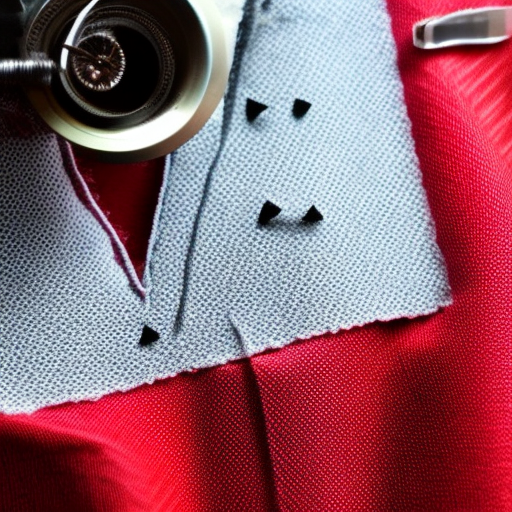
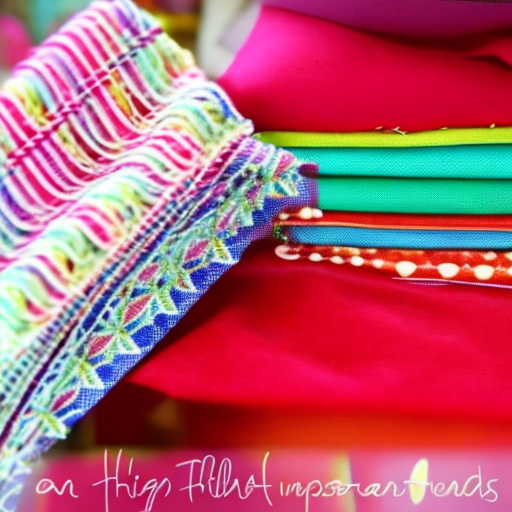
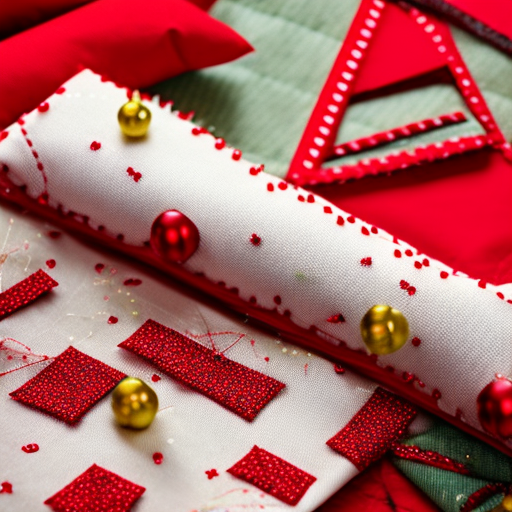
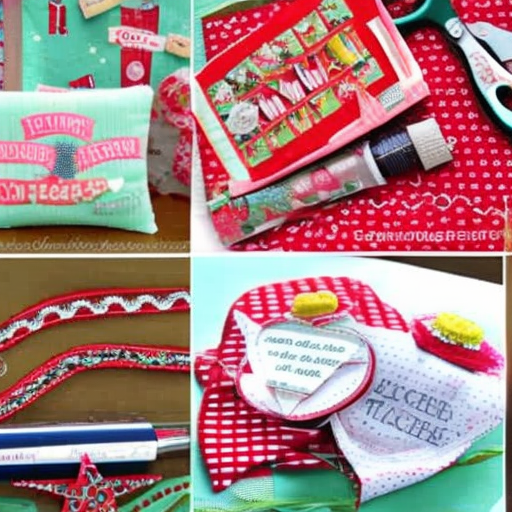
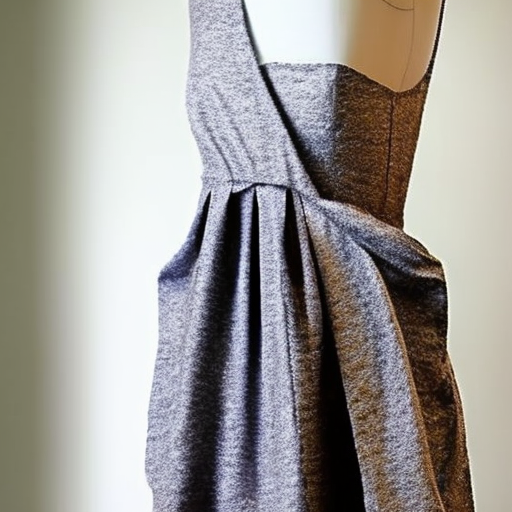
Sewing inside out can give a garment a more clean and polished look. #sewingtips
Nina Sauer: Yes, it’s a great way to get clean lines and sharp edges! #trendingnow
#sewinglife: Sewing inside out can be a great way to spruce up a garment, creating a smooth and professional finish!
Definitely a sewing hack worth trying out! #sewingpro